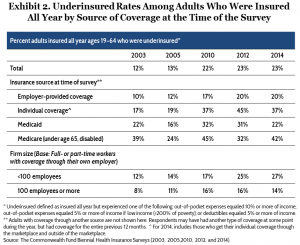 (A similar version of this Health Alert was published by Forbes.)
(A similar version of this Health Alert was published by Forbes.)
You’ve got to give credit to Congressman Tom Price, MD: He introduced his first post-Obamacare bill as early as 2009 and has reintroduced an updated version in every Congress since then. The latest Empowering Patients First Act (H.R. 2300), introduced this month, is the fourth iteration.
Many critics complain Republicans in Congress have taken too long to develop an alternative to Obamacare. However, President Obama is running the show until January 2017. It is responsible for Congressional Republicans to take all the time and space they need to develop their alternative for the next president’s consideration.
A fully baked repeal and replacement bill today would serve no purpose, while doing nothing until a president committed to patient-centered health reform takes office risks a confused mess of lobbyists’ priorities thrown together by politicians who barely know what they are doing – a Republican Obamacare, in other words.
The most important improvement is a universal tax credit, adjusted by age, to every American who chooses to buy individual health insurance: $1,200 for those aged 18 to 35, $2,100 for those between 35 and 50, $3,000 for those over 50 and $900 per child. Dr. Price’s previous bill had tax credits, which were not adjusted by age, but by income. Of course, Obamacare’s tax credits phase out by income, which causes very high effective marginal income tax rates at certain income thresholds.
Read More » »





